20 Dec Art Nouveau Movement Supporting Arts & Crafts during Nineteenth-century Europe
Art Nouveau : As a young girl, I remember attending a book fair in Delhi and spotting a book with black and white illustrations. Curling and sinuous, at once decorative yet a little naughty, these were by the famous Art Nouveau illustrator Aubrey Beardsley. I’ve been hooked to this movement ever since, from the architecture of Gaudi, the jewelry of Tiffany, and of course the art of Beardsley and Alphonse Mucha.

Nineteenth-century Europe was a time of great ferment, particularly because of the Industrial Revolution, which changed the socio-economic fabric in drastic ways, mainly taking the emphasis away from craft to mechanization. Dismayed artists and designers began the Arts and Crafts and the Aesthetic movements, which promoted traditional craftsmanship and art for art’s sake. Both these movements were also heavily influenced by Japanese woodcuts, a key component of Art Nouveau, or the New Art, with their whiplash curves and floral motifs. Artists sought to break free from traditional classicism and looked at the organic world for inspiration, particularly flora and elegant stems and flowers.


The Beginning of Art Nouveau
All these developments led to Art Nouveau, a term that appeared in the 1880s in the Belgian journal L’Art Moderne in an article about Les Vingt, a group of artists and sculptors who believed in the unity of all arts. So far, decorative arts had taken second place to painting and sculpture, but these designers believed that all branches of art were equal and deserved equal respect. Art Nouveau, therefore as it developed, was applied not just to paintings but to jewelry, architecture, illustration, interiors, and textiles, the first movement to do so.
The style flourished in France, particularly after the 1900 Exposition Universelle, with several buildings coming up, such as the restaurant Pavilion Bleu, metro stations, and the entrance to the Porte Monumentale.
Let us look at some of the genres of Art Nouveau:
Graphic Arts in Art Nouveau
Arguably the most famous and controversial practitioner was the English illustrator Aubrey Beardsley, whose drawings and prints were often considered dangerously erotic. France had Jules Cheret and Victor Prouve, with their depictions of the Belle Époque. Because of their combined efforts, the humble poster became elevated as an art form.

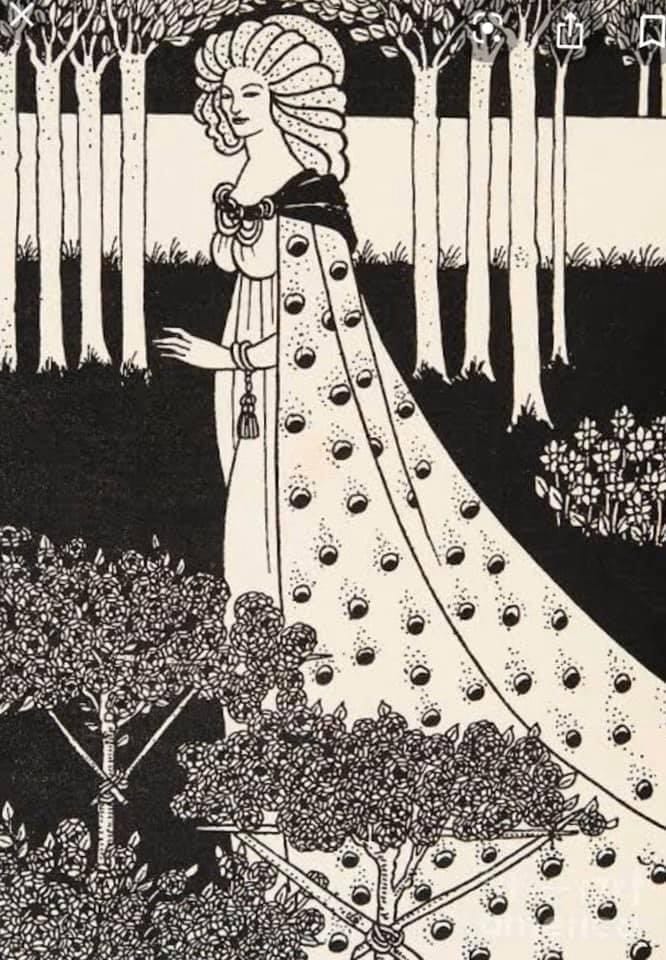
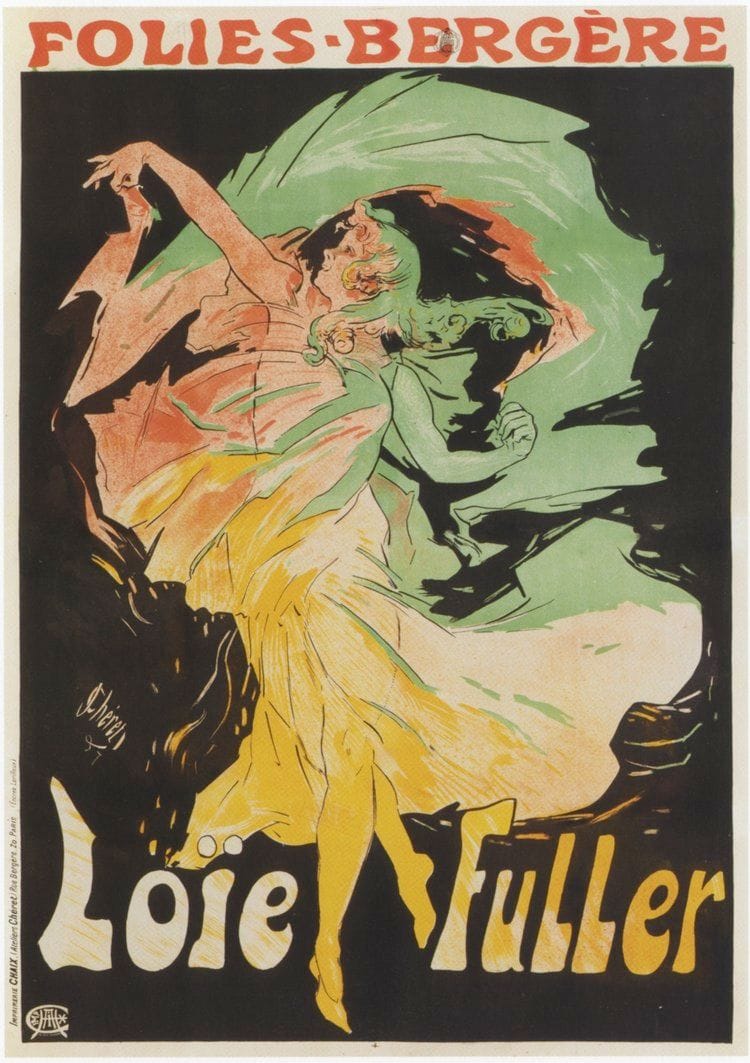
Jewelry and Glasswork in Art Nouveau
The movement saw the flowering of designers such as Tiffany and Emile Galle. Tiffany and Lalique produced some of the most famous jewelry of all time, with its elaborate floral motifs. Glass was made with new techniques in acid etching, both utilitarian as well decorative.


Architecture in Art Nouveau
Architecture was likely the most influential art form of the movement. In cities all over Europe like Paris, Budapest, Barcelona, Prague, and Vienna applied to grand buildings and small houses. Colorful tile work and natural materials like terracotta were some of the hallmarks, as was glass and local materials. The Gaudi buildings in Barcelona are the art form at its height, with their fantastic twisted chimneys and vegetal flourishes.
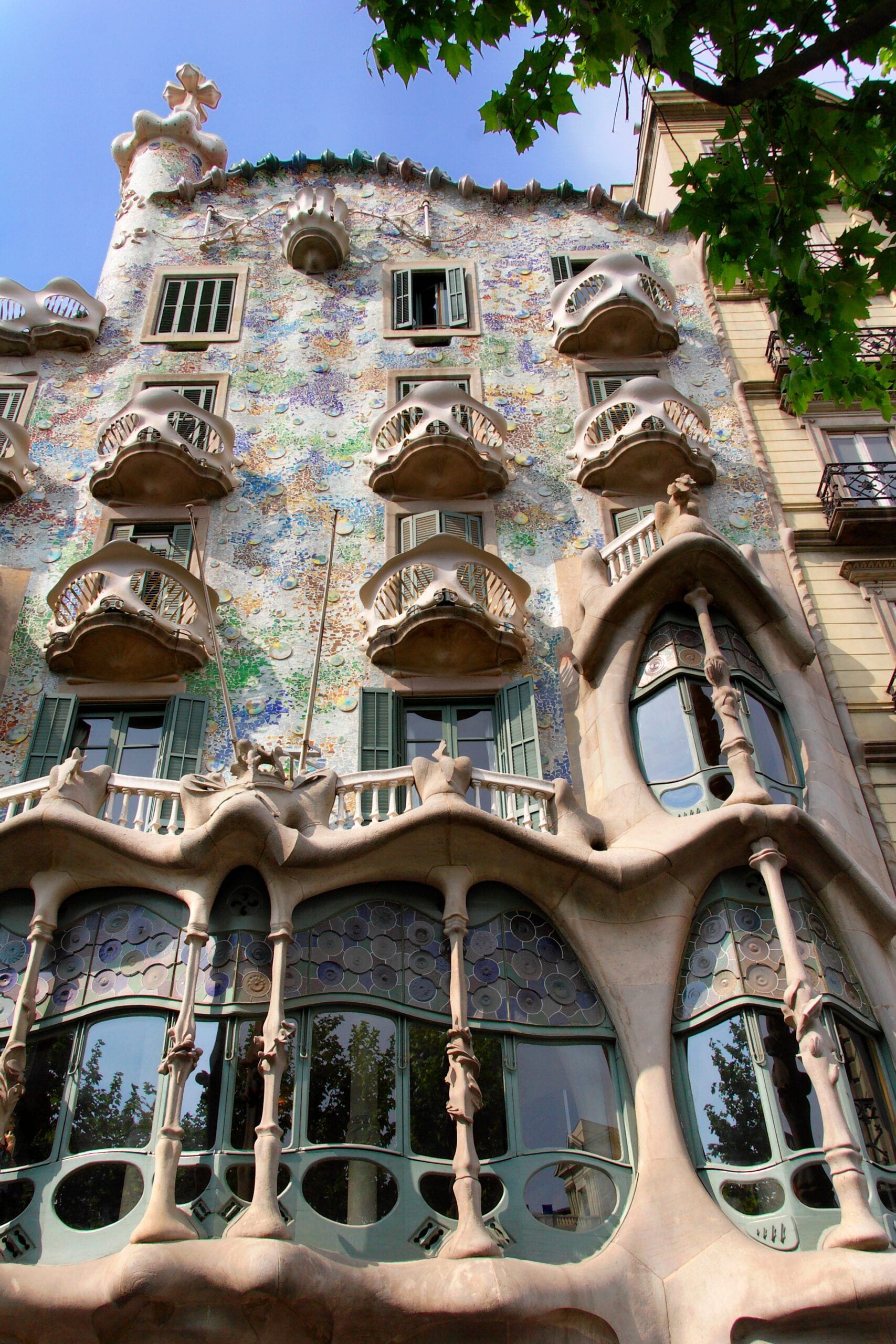
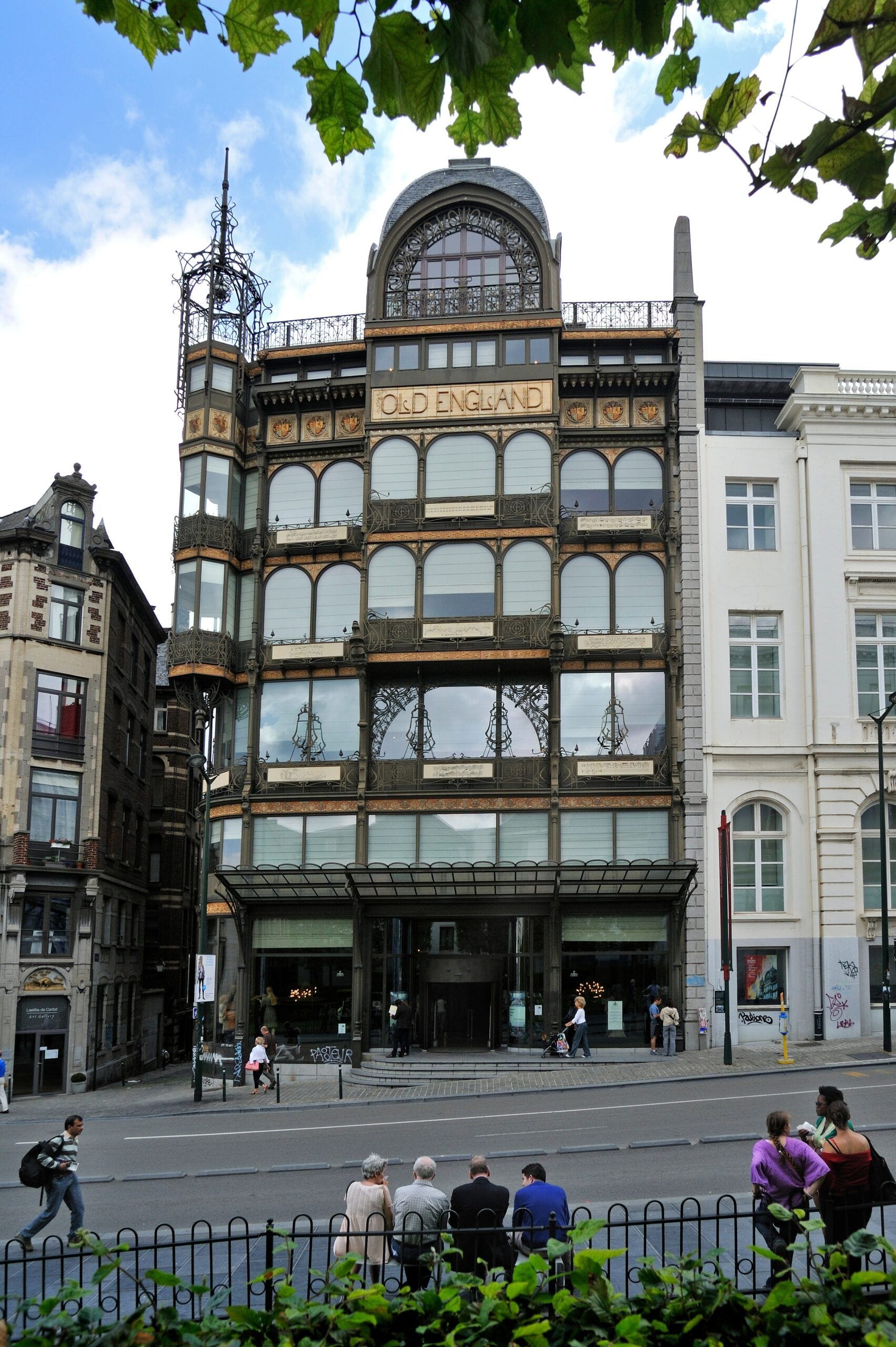
Interiors in Art Nouveau
Interiors were every bit as important as architecture, with furniture taking on rounded shapes in carved wood. The curved shapes were applied not just to furniture, but wall paneling and moldings, often using the natural property of the woods used. Louis Majorelle, Emile Galle, and Eugene Gallard were some famous designers under the head.
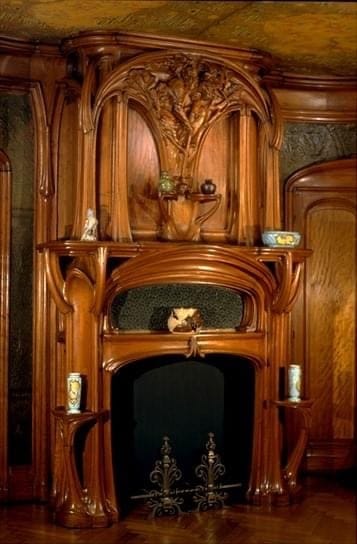
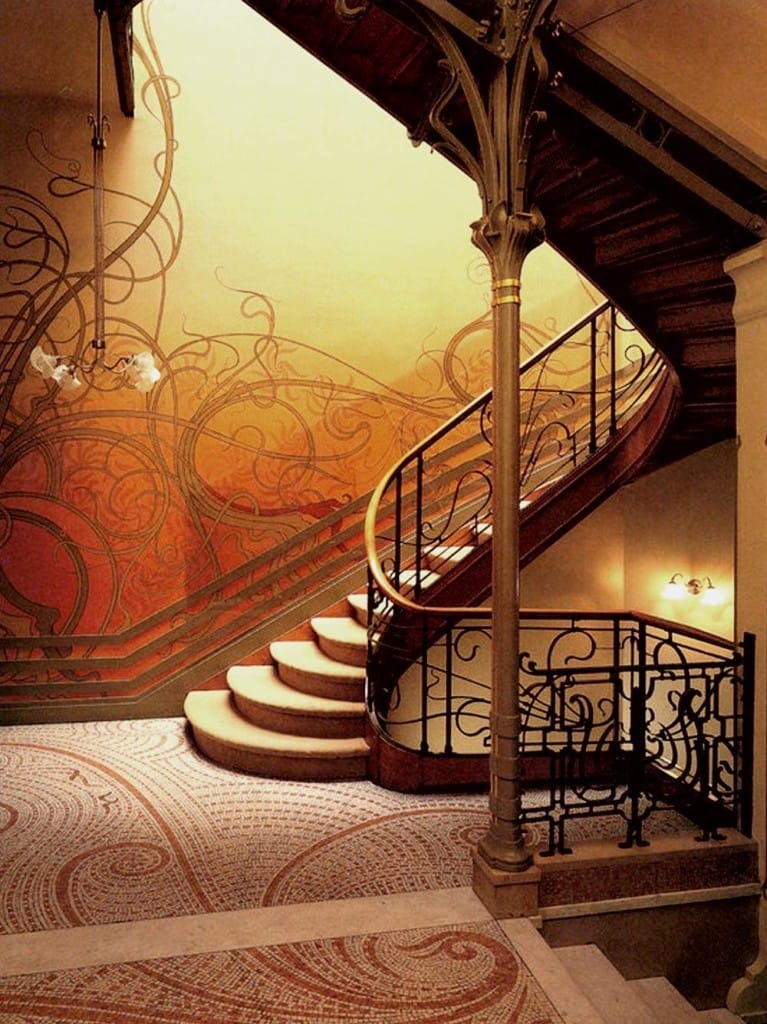
Painting in Art Nouveau
My all-time favorite artist in the Art Nouveau style, with his remarkable gilded canvasses, heavy with textile and fashion depiction. Interestingly, he may be the only prominent artist of the genre, as the movement flourished equally in all the arts, not just painting.
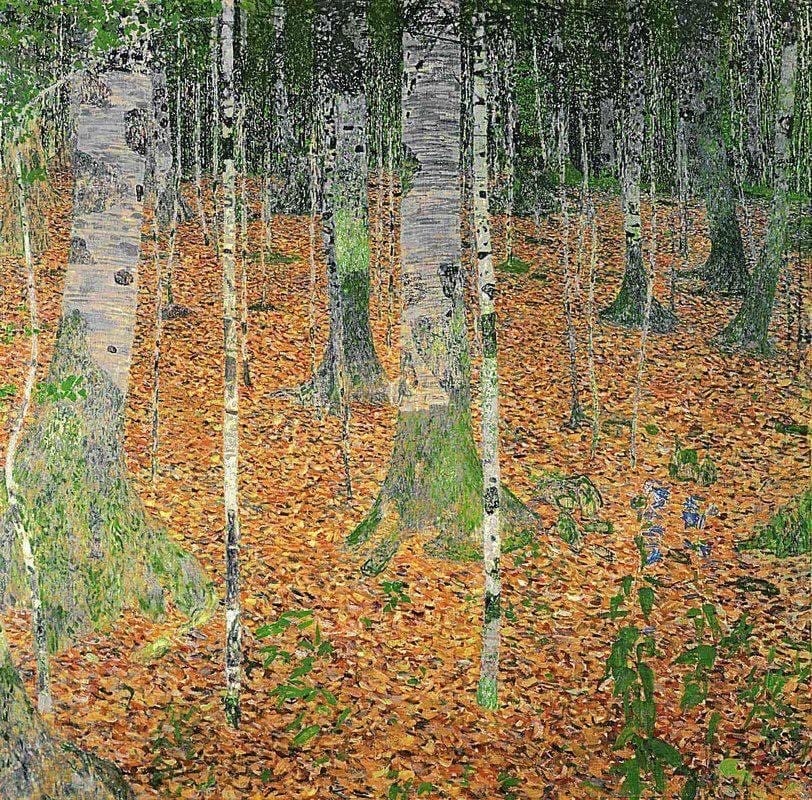
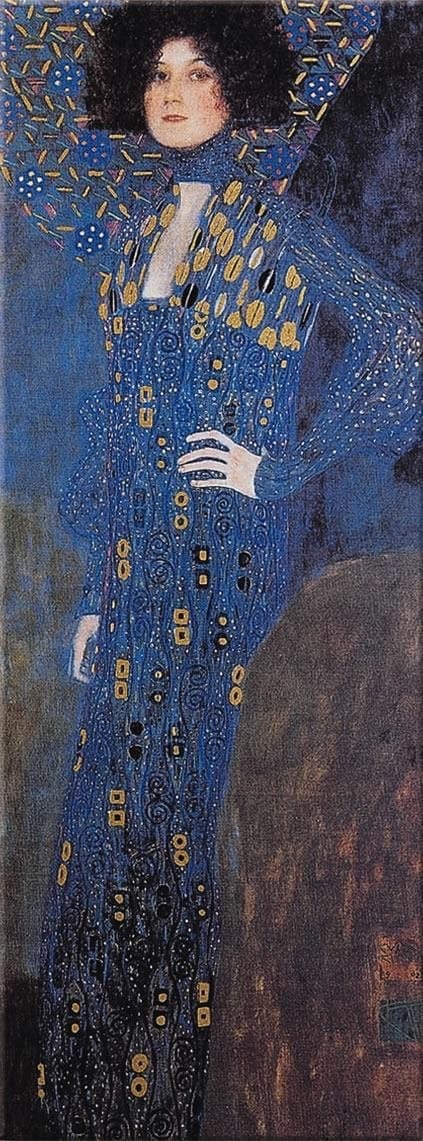
Retail
Art Nouveau was hugely instrumental in establishing several famous retailers like Liberty of London, and La Samaritane in Paris, who built their early reputation selling merchandise based on the movement.
Death of Art Nouveau
Art Nouveau as a movement had a short life, with most practitioners deserting it in the first decade of the 20th century. Critics began to say that it was too elaborate and lavish, and its complicated hand-done manufacturing methods made it hard for it to reach the masses. Designers in Germany and Austria turned to a much more pared-down geometric aesthetic, and there was a greater emphasis on standardization and industrialized processes. After the First World War, attention turned to Art Deco, and Art Nouveau faded as a movement.
Though a brief movement, Art Nouveau has continued to be highly influential to designers, particularly in the 60s and 70s, which saw the Flower Power movement and encouraged alternative lifestyles. Its primary legacy is its influence on modernism in the arts as it broke free of tradition and classicism.
Read More
PAISLEY A GENUINELY GLOBAL MOTIF IN THE DESIGN WORLD
FRENCH ART DECO TEXTILE MOVEMENT’S STRONG INFLUENCE ON DESIGN
THE INDO-FRENCH ART CONNECTION
MICRO MOSAIC A POPULAR ART FROM THE 19TH CENTURY
MATISSE’S ART AND TEXTILES. HOW TEXTILE STIMULATED HIS CREATIVE POWERS TO A NEW PICTORIAL REALITY
MUGHAL & DUTCH: A CULTURAL BRIDGING OF 2 GREAT ARTISTIC TRADITIONS
BOOK VICTORIA & ALBERT PATTERN: SPITALFIELDS SILKS
INDIAN FLORAL PATTERNS IN DESIGN AND TEXTILES
AUTHOR BIO
Mira Gupta is a well-known curator and designer in craft-based luxury. She has had working stints with Fabindia, Good Earth, and Ogaan to promote the cause of craft. She is deeply interested in art, travel, architecture, and culture.
Read more articles by the Author HERE


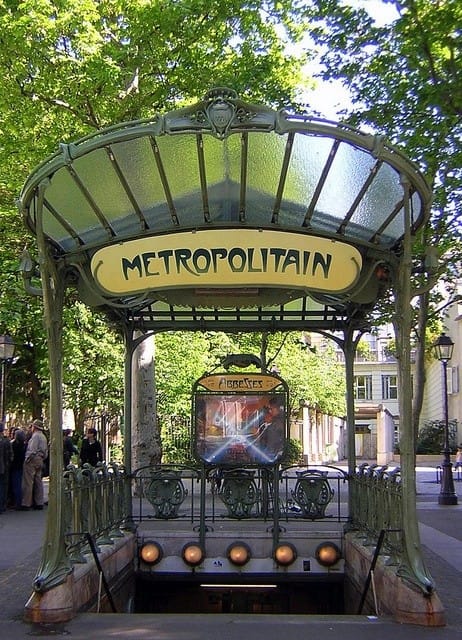

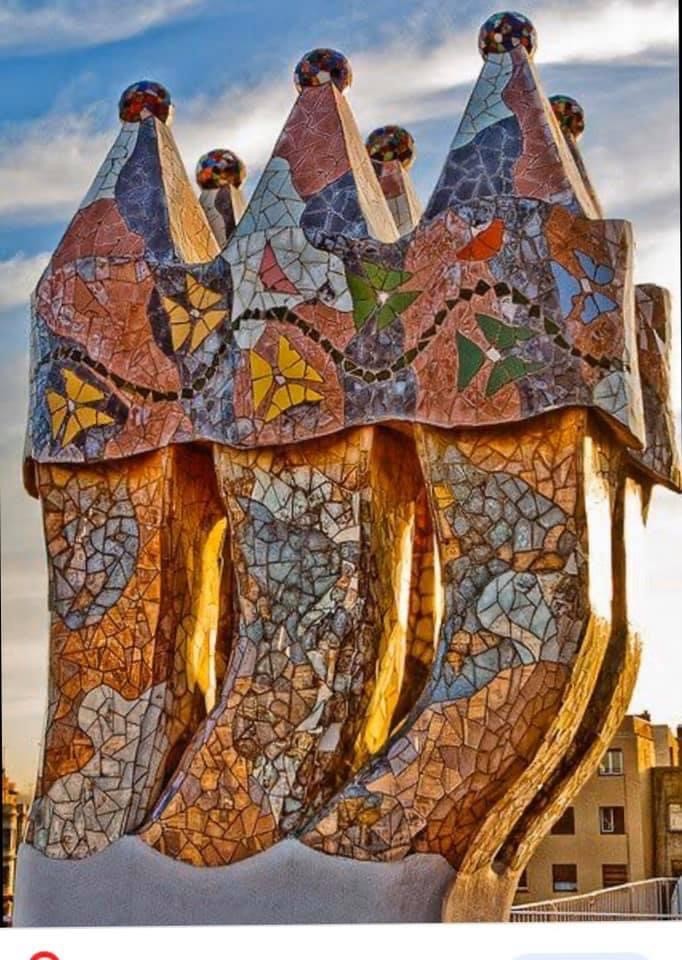

No Comments